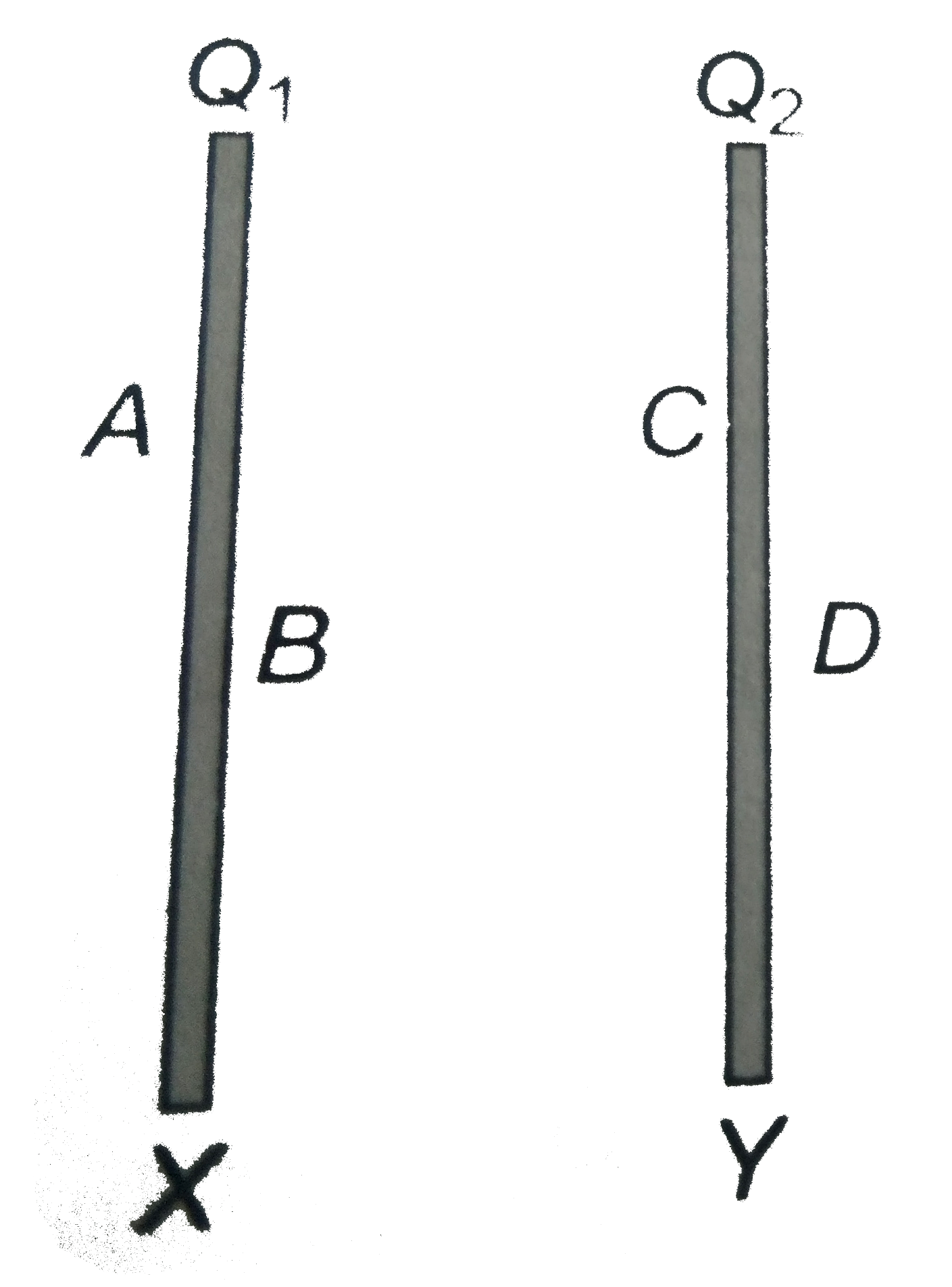एक काल्पनिक अभिक्रिया X→2Y निम्न पदों में होती है
(i) 12X→ZΔH=q1(ii) Z→2WΔH=q2(iii) W→12YΔH=q3
अभिक्रिया के लिये ΔH का मान क्या है
q1+q2+q3
2q1+2q2+3q3
2(q1+q2+2q3)
2(q1+a2+q3)
The correct Answer is:C
Step by step video, text & image solution for एक काल्पनिक अभिक्रिया Xto2Y निम्न पदों में होती है {:("(i) "(1)/(2)XtoZ,,,DeltaH=q_(1)),("(ii) "Zto2W,,,DeltaH=q_(2)),("(iii) "Wto(1)/(2)Y,,,DeltaH=q_(3)):} अभिक्रिया के लिये DeltaH का मान क्या है by Chemistry experts to help you in doubts & scoring excellent marks in Class 12 exams.
Topper's Solved these Questions
- BOOK - ALLEN HINDICHAPTER - CHEMICAL THERMODYNAMICS EXERCISE - Exercise - I (Conceptual Questions) (परिचय)16videos
CHEMICAL THERMODYNAMICS
- BOOK - ALLEN HINDICHAPTER - CHEMICAL THERMODYNAMICS EXERCISE - Exercise - I (Conceptual Questions) (उष्मागतिकी का प्रथम नियम)5videos
CHEMICAL THERMODYNAMICS
- BOOK - ALLEN HINDICHAPTER - CHEMICAL THERMODYNAMICS EXERCISE - BEGINNER.S BOX - 85videos
CHEMICAL THERMODYNAMICS
- BOOK - ALLEN HINDICHAPTER - BIOMOLECULES, POLYMER AND CHEMISTRY IN EVERYDAY LIFEEXERCISE - CHEMISTRY IN EVERYDAY LIFE (EXERCISE-4 )25videos
BIOMOLECULES, POLYMER AND CHEMISTRY IN EVERYDAY LIFE
- BOOK - ALLEN HINDICHAPTER - D और F ब्लॉक के तत्व EXERCISE - EXERCISE - IV (Assertion & Reason)22videos
D और F ब्लॉक के तत्व
Similar Questions
उष्मागतिकी सम्बन्धित है
02:16View Solutionq और w दोनों ही अवस्था फलन नहीं है परन्तु q+w अवस्था - फलन है। समझाइये क्यों?
02:03View Solutionएसिटिक अम्ल की KOH के साथ क्रिया कराने पर उदासीनीकरण की एन्थै
03:32View Solutionकथन :-D-(+) ग्लूकोस तथा L-1-) फ्रक्टोस प्रतिबिम्बरूप समावयवी है।
कारण :- ग्लूकोस अणु, फ्रक्टोस अणु का दर्पण प्रतिबिम्ब02:37View Solutionकथन : मर्करी का प्रथम IP केडमियम से अधिक है
कारण : Hg का स्थायी इलेक्ट्रॉनिक विन्यास है (5d106s2)07:03View SolutionA hypothetical reaction, A rarr 2B , proceeds via following sequence of steps {:(ArarrC,,DeltaH = q_(1),,,),(CrarrD,,DeltaH = q_(2),,,),((1)/(2)D rarrB,,DeltaH = q_(3),,,):} The heat of reaction is
View SolutionTwo large , parallel conducting plates X and Y , kept close to each other , are given Q1 and Q2(Q1>Q2). The four surfaces of the plates are A,B,C and D , as shown

(i) The charge on A is 12(Q1+Q2)
(ii) The charge on B is 12(Q1−Q2)
(iii) The charge on C is 12(Q2−Q1)
(iv) The charge on D is 12(Q1+Q2)04:41View SolutionAn imaginary reaction X rarr Y takes place in three steps X rarr A, DeltaH=-q_(1), " "BrarrA, DeltaH=-q_(2), " "BrarrY, DeltaH=-q_(3) If Hess's law is applicable, then the heat of the reaction (X rarr Y) is :
08:09View SolutionIf (I) C+O_(2)toCO_(2) , Q_(1) (II) C+(1)/(2)O_(2)toCO , Q_(2) (III) CO+(1)/(2)O_(2)toCO_(2) , Q_(3) The heats of reaction Q_(1) and Q_(2) are -12 , -10 respectively. Then Q_(3)=
03:32View Solutionउष्मा, आंतरिक ऊर्जा और कार्य में क्या संबंध है? सिद्ध करें कि qp=ΔH और qv=ΔE
05:09View SolutionDerive a relation ΔH=ΔU+ΔnRT .
Derive a relation qp=qv+ΔnRT03:12View Solutionएन्थैल्पी तथा एन्थैल्पी परिवर्तन को परिभाषित कीजिए । यह दर्शाइए कि ΔH=qp.
04:21View SolutionUnder what conditions are (i) ΔU=qV& (ii) ΔH=qP ?
03:28View SolutionAn imaginary reaction X→Y takes place in three steps
X→A,ΔH=−q1, B→A,ΔH=−q2, B→Y,ΔH=−q3
If Hess's law is applicable, then the heat of the reaction (X→Y) is :04:50View SolutionAn imaginary reaction X→Y takes place in three steps
X→A,ΔH=−q1, B→A,ΔH=−q2, B→Y,ΔH=−q3
If Hess's law is applicable, then the heat of the reaction (X→Y) is :View Solution

